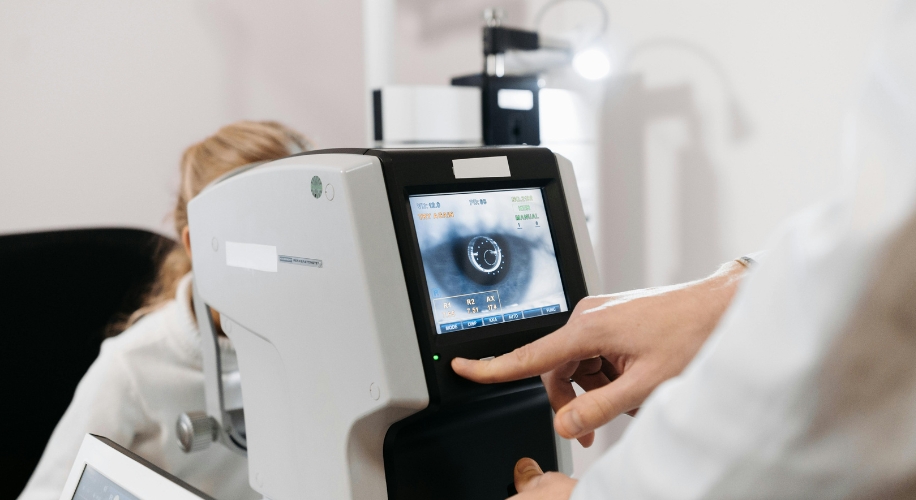Eye Emergency: Understanding Endophthalmitis
- BY Ivan Yong
- IN Eye Health

Photo by Vika Glitter
Seeing clearly and maintaining eye health are essential for overall well-being. However, certain conditions like endophthalmitis can pose a threat to vision if not addressed promptly and effectively.
What is Endophthalmitis?
Endophthalmitis is a severe inflammation of the interior structures of the eye, particularly the vitreous humor (the gel-like substance that fills the eye) and/or the aqueous humor (the clear fluid in the front part of the eye). This condition typically results from a bacterial or fungal infection, often occurring after ocular surgery or due to eye trauma.
Causes of Endophthalmitis
Endophthalmitis can be caused by various factors, including:
- Surgery: It is most commonly associated with eye surgeries such as cataract surgery or intraocular lens implantation. Despite rigorous sterilization procedures, bacteria may enter the eye during surgery, leading to infection.
- Trauma: Severe eye injuries, particularly those involving penetration or foreign bodies entering the eye, can introduce infectious agents, resulting in endophthalmitis.
- Systemic Infection: In rare cases, infections originating elsewhere in the body can spread to the eye, causing endophthalmitis.
- Eye Injections: Contaminated or improperly administered intraocular injections can introduce infectious agents into the eye.
Photo by RF._.studio
Symptoms of Endophthalmitis
Endophthalmitis can manifest with various symptoms, which may include:
- Pain: Patients often experience severe eye pain, which may worsen with eye movements.
- Redness: The affected eye may appear red and inflamed.
- Decreased Vision: Blurred or decreased vision is common and may progress rapidly.
- Swelling: Patients may experience swollen or puffy eyelids.
- Discharge: Purulent discharge from the eye may be present in cases of bacterial infection.
Treatment
Prompt diagnosis and treatment are crucial in managing endophthalmitis to prevent permanent vision loss. Treatment may involve:
- Antibiotics or Antifungals: Depending on the suspected causative agent, antibiotics or antifungal medications may be administered orally, intravenously, or directly into the eye (intravitreal injection).
- Vitrectomy: In severe cases or when there is significant inflammation, a surgical procedure called vitrectomy may be necessary. During this procedure, the vitreous humor is removed and replaced with a saline solution to clear the infection and inflammation.
- Corticosteroids: These medications may be prescribed to reduce inflammation and promote healing in certain cases.
- Close Monitoring: Patients with endophthalmitis require close monitoring by an ophthalmologist to assess the response to treatment and to detect any complications promptly.
Prevention
While endophthalmitis cannot always be prevented, certain measures can reduce the risk, including:
- Adhere to aseptic techniques during eye surgery.
- Wear protective eyewear to prevent eye trauma.
- Seek prompt evaluation and treatment by an eye care professional when experiencing signs of eye infection or inflammation.

Photo by Pavel Danilyuk
Endophthalmitis is a serious condition that requires immediate medical attention to prevent vision loss. Wear protective eyewear such as safety glasses or sports glasses during activities that have a risk of eye injury. If you experience any sudden symptoms related to your eyes, consult an eye care professional promptly for evaluation and management.






